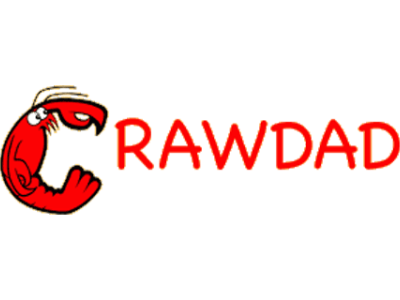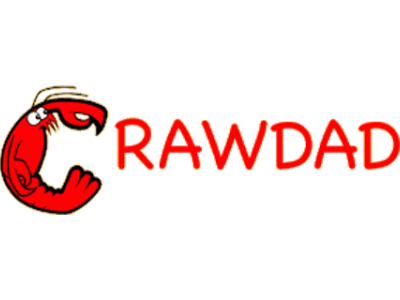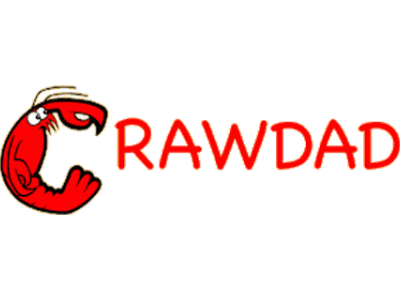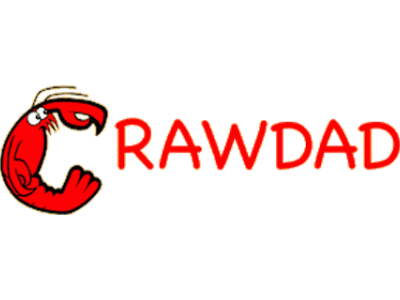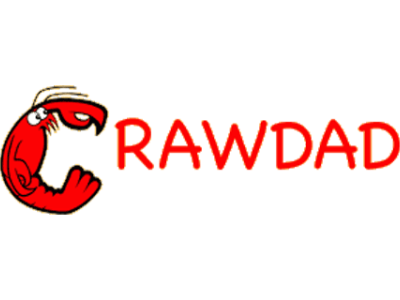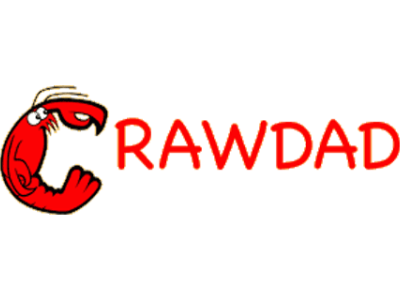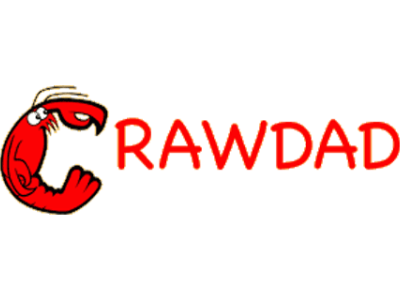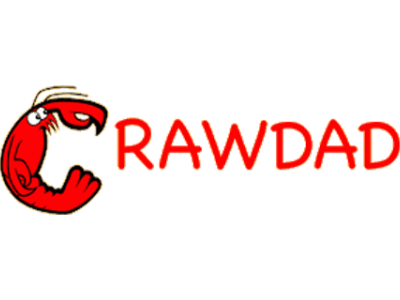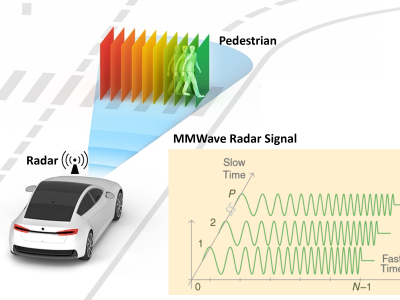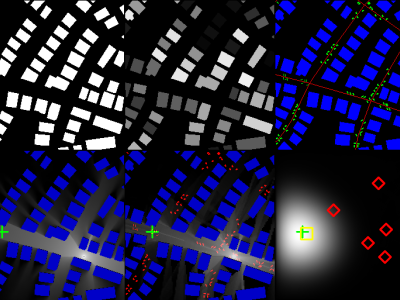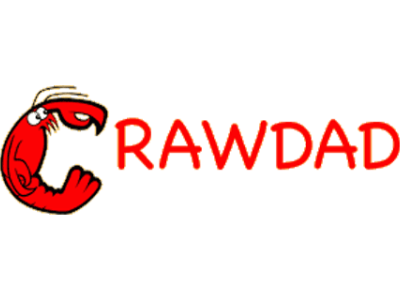CRAWDAD rice/context
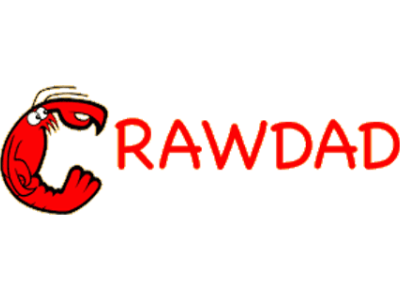
- Citation Author(s):
-
Ahmad Rahmati (Broadcom Corporation)Lin Zhong (Rice University)
- Submitted by:
- CRAWDAD Team
- Last updated:
- DOI:
- 10.15783/C7ZW22
- Data Format:
 147 views
147 views
- Categories:
Abstract
Dataset of context information from cellular and Wi-Fi networks through participants from a major US urban area.
We gathered field data about cellular and Wi-Fi networks through participants from the Rice community in Houston, Texas, a major US urban area.
date/time of measurement start: 2007-01-16
date/time of measurement end: 2007-02-28
collection environment: In order to check how close we are toward ubiquitous connectivity in our everyday life, we have gathered network data from a number of mobile users on multiple mobile phones through measurement. We explore the use of different context information, including time, history, cellular network conditions, and device motion, to accurately estimate Wi-Fi network conditions without powering up its network interface.
network configuration: We have used multiple HTC Wizard PDA phones for our data collection. The HTC Wizard is commercially available under a variety of brands, including T-Mobile MDA and Cingular 8125. It is a Windows Mobile 5.0 GSM phone with integrated 802.11b and is capable of EDGE data connectivity. It has a battery capacity of 1250mAh at 3.7 volts.
data collection methodology: We have developed logging software to record various network characteristics with minimal intrusion to the normal phone operation. We have converted eleven HTC Wizards into experimental mobile phones by installing our logging software.
14 volunteers from the Rice campus participated in our data gathering. They carried around our experimental phones for at least three weeks and could opt to use their own SIM card on the phone. We requested all participants to carry the phone as they would carry their own phone. We interviewed each participant regularly to document any significant diversion from their daily activities, for example, travels and forgetting carrying the phone.
note: This dataset is from different time periods than the traces usedn in the mobisys paper [rahmati-context]. We continued our logging after the paper, and have included those. We also used some logs from older versions of TowerLogger in the paper that do not exist here.
Traceset
rice/context/availability
Traceset of network availability, signal levels, and context information.
- file: Context-for-Wireless_Logs.tar.gz
- description: This traceset contains logs of network availability, signal levels, and context information, measured on Wi-Fi enabled GSM cellular phones.
- measurement purpose: Energy-efficient Wireless Network
- methodology:- Tower Logger: Measuring Network Conditions
Our logging software, called Tower Logger, measures network availability and signal levels, and context information. It records the cell tower ID, signal strength, and channel of the currently-associated GSM cell and those of up to 6 other visible cells every 30 seconds or 60 seconds. It also records the unique Basic Service Set Identifier (BSSID), signal strength and the security property of all visible Wi-Fi access points.
rice/context/availability Trace
- GSM: This trace contains GSM Cellular logs of availability and signal strength, measured on 10 participants' Wi-Fi enabled GSM cellular phones.
- configuration: This trace contains Tower Logger network GSM Cellular logs: availability and signal strength, measured on 10 participants' Wi-Fi enabled GSM cellular phones.
- format: The trace tarball consists of 10 directories "01"-"10", which are the logs from 10 participatants' phones ("01" - "10" in the traces do not correspond to P1 - P10 in our paper.) Each directory containseither GSM log or Wi-Fi log. GSM logs are named 'log2GSM_yyyy-mm-dd.txt'. They are in csv (comma-separated value) file format, where each line consists of the following fields: version no. connected Orbit Sensor ID (0 = none) date time battery level charge status no. of visible cell towers list of visible cell towers (starting with associated tower): Cell ID: MCC MNC LAC (anonymized) CI (anonymized) signal strength channel BSIC
- Wi-Fi: This trace contains Wi-Fi logs of availability and signal strength, measured on 10 participants' Wi-Fi enabled GSM cellular phones.
- configuration: This trace contains Tower Logger network Wi-Fi logs: availability and signal strength, measured on 10 participants' Wi-Fi enabled GSM cellular phones.
- format: The trace tarball consists of 10 directories "01"-"10", which are the logs from 10 participatants' phones ("01" - "10" in the traces do not correspond to P1 - P10 in our paper.) Each directory contains either GSM log or Wi-Fi log. Wi-Fi logs are named 'log2WiFi_yyyy-mm-dd.txt'. They are in csv (comma-separated value) file format, where each line consists of the following fields: version no. connected Orbit Sensor ID (0 = none) date time battery level charge status list of visible AP info: BSSID (anonymized except the first 3 octets) signal strength encrypted? infrastructure mode?
Instructions:
The files in this directory are a CRAWDAD dataset hosted by IEEE DataPort.
About CRAWDAD: the Community Resource for Archiving Wireless Data At Dartmouth is a data resource for the research community interested in wireless networks and mobile computing.
CRAWDAD was founded at Dartmouth College in 2004, led by Tristan Henderson, David Kotz, and Chris McDonald. CRAWDAD datasets are hosted by IEEE DataPort as of November 2022.
Note: Please use the Data in an ethical and responsible way with the aim of doing no harm to any person or entity for the benefit of society at large. Please respect the privacy of any human subjects whose wireless-network activity is captured by the Data and comply with all applicable laws, including without limitation such applicable laws pertaining to the protection of personal information, security of data, and data breaches. Please do not apply, adapt or develop algorithms for the extraction of the true identity of users and other information of a personal nature, which might constitute personally identifiable information or protected health information under any such applicable laws. Do not publish or otherwise disclose to any other person or entity any information that constitutes personally identifiable information or protected health information under any such applicable laws derived from the Data through manual or automated techniques.
Please acknowledge the source of the Data in any publications or presentations reporting use of this Data.
Citation: Ahmad Rahmati, Lin Zhong, rice/context, https://doi.org/10.15783/C7ZW22 , Date: 20070523


